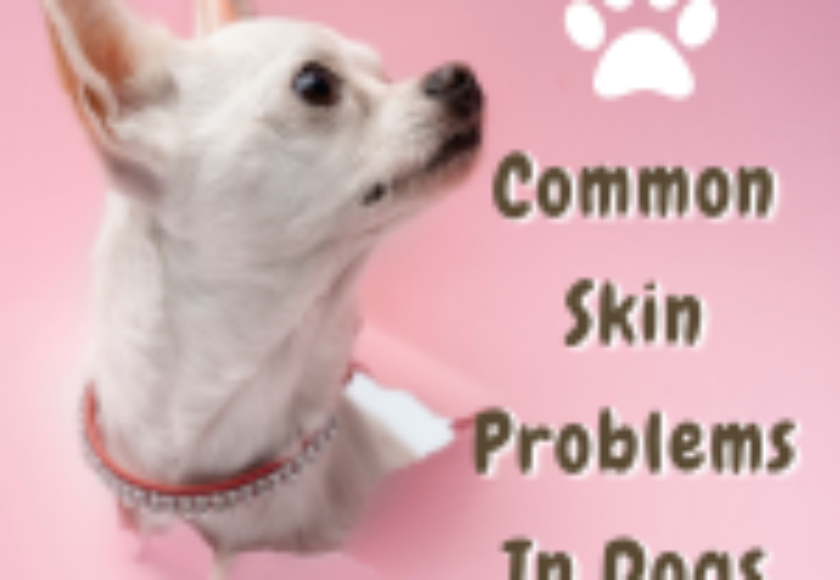Ringworm is a fungal infection that can affect the skin, hair, and nails of dogs, as well as other animals and humans. Despite its name, it is not caused by a worm, but rather by a type of fungus called dermatophytes.
The infection can cause circular, patchy hair loss, which can be itchy and uncomfortable for the dog. The affected areas can appear red and scaly, and may also be accompanied by crusts or pustules.
Ringworm is highly contagious and can spread easily between dogs and other animals, as well as to humans. If you suspect that your dog may have ringworm, it is important to take them to the vet for a proper diagnosis and treatment.
Treatment typically involves antifungal medication, as well as measures to prevent the spread of the infection to other animals and humans.
Causes of Ringworm in Dogs:
Ringworm in dogs is caused by a group of fungi known as dermatophytes that are commonly found or can live on the skin and hair of dogs and other animals.
- The most common types of dermatophytes that cause ringworm in dogs are typically one of three types: Microsporum canis, Microsporum gypsum, or Trichophyton mentagrophytes. These fungal spores can survive for long periods in the environment, including in soil, bedding, grooming tools, and other surfaces.
- Ringworm is highly contagious and can be spread between dogs through direct contact with infected animals or contaminated objects.
- Dogs who have weakened immune systems, are malnourished, poor hygiene or live in unsanitary conditions may be more susceptible to ringworm.
- In addition to direct contact, ringworm can also be spread through airborne spores. This means that dogs who spend time in areas with high levels of fungal spores, such as kennels or animal shelters, may be at a higher risk of contracting the infection.
- Dogs that are young, elderly, or have a pre-existing medical condition may also be more susceptible to developing ringworm.
Symptoms:
The symptoms of ringworm in dogs can vary depending on the severity of the infection, but typically include:
- Circular or irregular bald patches on the skin: These areas of hair loss can be red, scaly, and itchy, and may have a crusty appearance. The patches may increase in size over time and may have a raised edge.
- Skin lesions: Dogs with ringworm may develop raised, scaly lesions on the skin that may be crusty and inflamed.
- Dandruff: Affected areas may have an increased amount of flaky skin and dandruff.
- Itching: The dog may scratch or lick the affected areas due to itchiness.
- Discoloration of hair: Infected hair may become discolored, brittle, and break easily.
- Infection of the nails: In some cases, ringworm can cause an infection in the nails, resulting in thickened, brittle, and discolored nails.
It is important to note that some dogs may not show any symptoms of ringworm, or may only show mild symptoms. If you suspect your dog may have ringworm, it is important to have them examined by a veterinarian for a proper diagnosis and treatment.
Diagnose:
Diagnosing ringworm in dogs typically involves a combination of a physical examination, skin scrapings, and fungal cultures. Here’s a brief explanation of each:
- Physical examination: Your veterinarian will examine your dog’s skin and hair for signs of ringworm, such as bald patches, redness, and scaly lesions.
- Skin scrapings: Your veterinarian may take skin scrapings from the affected area to examine under a microscope for evidence of fungal spores.
- Fungal cultures: Your veterinarian may also take a sample of hair or skin from your dog and send it to a laboratory to grow and identify the fungus causing the infection.
- Wood’s Lamp Examination: In some cases, a Wood’s lamp examination may also be used to diagnose ringworm. This involves shining a special type of light on the affected area to see if it fluoresces, which can indicate the presence of certain types of fungi that cause ringworm.
It’s important to note that some cases of ringworm can be difficult to diagnose, and multiple tests may be needed. If your veterinarian suspects ringworm, they may recommend treatment even before a definitive diagnosis is made, in order to prevent the infection from spreading to other pets or humans.
Treatment:
The treatment of ringworm in dogs typically involves a combination of antifungal medication and supportive care. Here are some common treatments:
- Antifungal medication: The primary treatment for ringworm in dogs is antifungal medication, which can be administered orally or topically. Oral medications, such as itraconazole or terbinafine, may be prescribed for severe or widespread infections, while topical medications, such as miconazole or clotrimazole, may be used for milder cases.
- Shampoo therapy: Medicated shampoos containing antifungal agents, such as chlorhexidine or ketoconazole, may be used to bathe your dog and help remove fungal spores from the skin and hair.
- Isolation and hygiene: To prevent the spread of ringworm to other pets and humans, infected dogs should be isolated from other animals and their bedding, grooming tools, and other items should be thoroughly cleaned and disinfected. Regular bathing and grooming can also help reduce the spread of fungal spores.
- Supportive care: In addition to antifungal medication, supportive care may include providing a nutritious diet, managing any secondary infections that may have developed, and using an anti-itch medication, such as topical hydrocortisone cream or oral antihistamines, to help relieve itching and discomfort.
It’s important to follow your veterinarian’s treatment plan closely and continue treatment for the recommended duration, even if your dog’s symptoms improve. Failure to complete the full course of treatment can result in a recurrence of the infection. Regular follow-up visits with your veterinarian may also be recommended to monitor your dog’s progress and adjust the treatment plan as needed.






